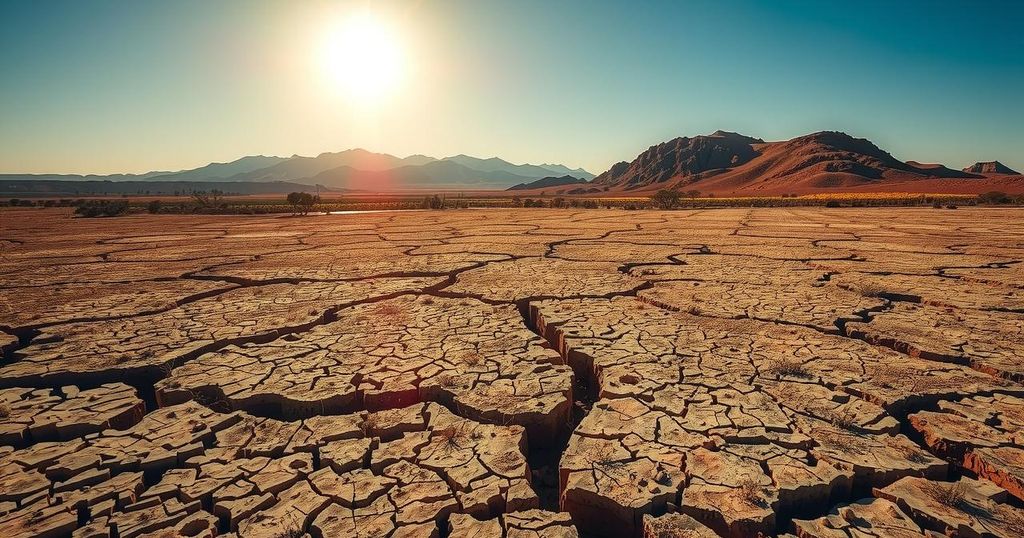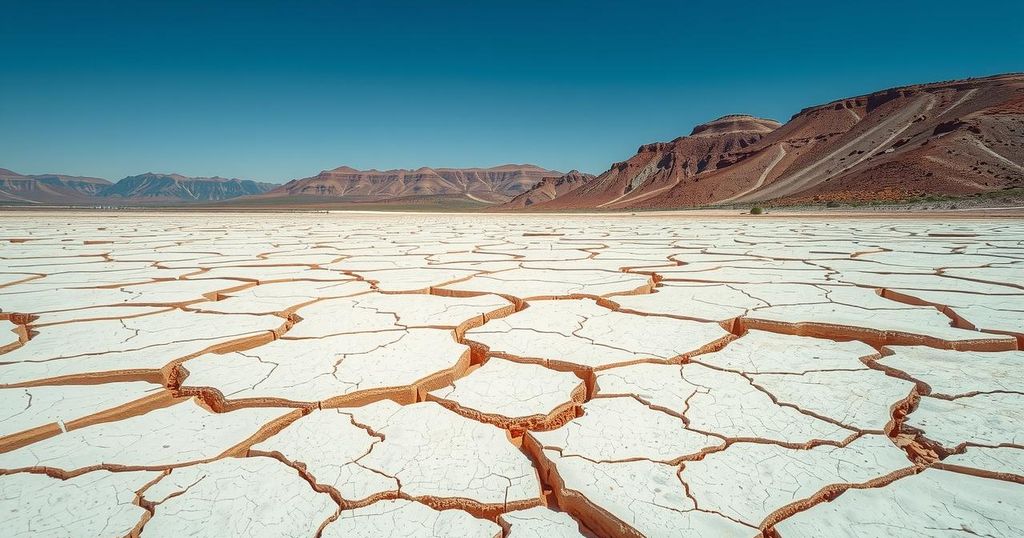Understanding the Geological Activity of Ethiopia: Earthquakes and Volcanoes Explained
Ethiopia’s seismic and volcanic activities are driven by geological processes in the East African Rift Valley. Ongoing tectonic movements could lead to a continental split. Recent earthquake swarms in Fentale raised concerns for future eruptions, emphasizing the need for enhanced monitoring to ensure community safety.
Ethiopia experiences earthquakes and volcanic eruptions due to its geological setting in the East African Rift Valley, a zone of tectonic activity. Researchers, including geologist Gemechu Bedassa Teferi, describe it as a fascinating natural laboratory, where ongoing processes are leading to a potential continental split and future ocean formation. This area is characterized by geological activities that have been occurring for millions of years.
The geological history reveals that significant tectonic movements began 18 million years ago with the formation of the Red Sea and Gulf of Aden. Eleven million years ago, the Afar Depression developed a subsurface crack, which now plays a crucial role in volcanic eruptions. The semi-solid mantle beneath the crust allows molten rock to rise through weak crustal areas, resulting in volcanic activity and earthquakes, as the ground is physically pulled apart.
The Afar region is renowned for its volcanic and tectonic activity. Recently, an earthquake swarm in Fentale has resulted in over 200 quakes exceeding a magnitude of 4, the strongest being rated at 6 on the Richter scale. Although no volcanic eruption has been recorded, this seismic activity has caused damage to infrastructure even in distant areas like Addis Ababa, approximately 190km away.
Interestingly, the last volcanic eruption in Fentale occurred in 1820, and historical data suggests that earthquakes often precede eruptions. Satellite imagery indicates that hot molten rock is migrating upwards from depths of approximately 10km, which may have implications for future volcanic events in the area.
Three potential scenarios for the molten rock emerging beneath Fentale could include:
1. The cooling and solidification of molten rock into dense material.
2. An eruption occurring as the molten rock reaches the surface.
3. Interaction with other molten materials leading to either cooling or a significant eruption. These processes are contingent on variables like temperature, viscosity, and surrounding material strength.
Due to the dynamic geological nature of the region, scientists advocate for enhanced monitoring techniques to predict future hazards. These measures may include volcanic gas monitoring, GPS tracking, and continued geophysical studies, along with improved communication between scientists and local communities.
In conclusion, Ethiopia’s earthquakes and volcanoes result from its unique geological phenomena occurring in the East African Rift Valley. The tectonic activity, driven by the movement of molten rock from the mantle, indicates potential future volcanic eruptions and the formation of new geological features. Effective monitoring and collaboration between scientists and local authorities are essential for hazard mitigation in the region.
Original Source: www.downtoearth.org.in




Post Comment